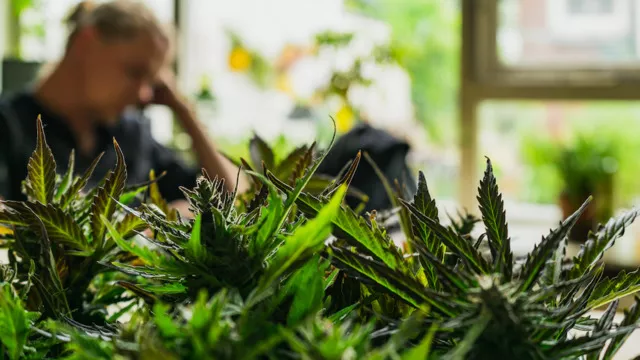The Food and Drug Administration classifies cannabis as a Schedule I drug, with “no currently accepted medical use and a high potential for abuse.” (Fun fact: heroin, ecstasy, and LSD are also Schedule I drugs, but cocaine and meth are considered less dangerous Schedule II drugs.) There are two exceptions: FDA-approved drugs made from cannabidiol (CBD) with “no more than 0.1 percent tetrahydrocannabinols” are on schedule V, the same list as codeine-containing cough syrups. And hemp—defined as cannabis plants that contain less than 0.3% Buy weed Edmonton—is unscheduled thanks to the 2018 Farm Bill. Because garden-variety cannabis is still on Schedule I, you need a license from the DEA to study it, and your study must be approved by the FDA. To obtain research-grade cannabis, you have to go through the National Institute on Drug Abuse, Popular Science explains. Otherwise, since it’s federally illegal to have cannabis (even in states that have legalized it), researchers working in hospitals, colleges, or other institutions that receive federal funding risk losing their funds to do this research. There have long been movements to reclassify cannabis and open up the doors for more studies, but, for now, here’s what we do know about cannabis and our health.

Cannabis is a fascinating plant genus best known for its mind-altering and medicinal properties. Its use and cultivation date back as far as written language itself, and its therapeutic and spiritual utility spans many cultures around the world throughout history. But despite its ubiquity, you may not fully understand what cannabis is or why there are thousands of different named strains flooding markets worldwide. Here, we’ll take a dive into how the plant is defined, how cannabis has been used, and why it’s taken on so many forms since its earliest uses in human society.